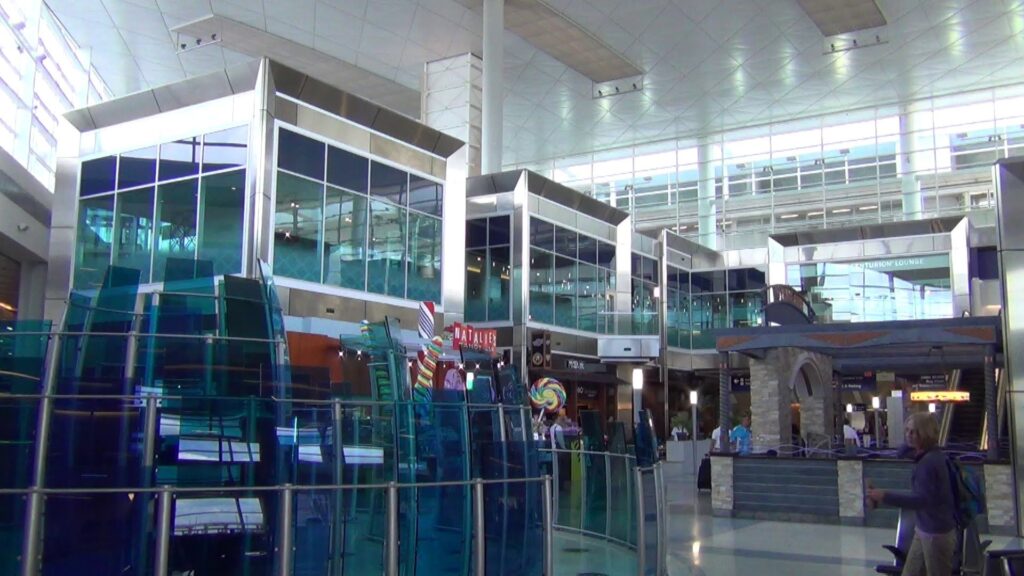
Recognized as the second largest airport in the United States next to the Denver International Airport, the Dallas/Forth Worth International Airport with a total square area of more than 30 miles is located in the cities of Coppell, Euless, Grapevine and Irving. Acknowledged as the third most busiest airport in the world in aircraft movement and ranked ninth in passenger traffic, the Dallas/Fort Wort International is also acknowledged as the tenth busiest international hub throughout the United States and the second in the state of Texas.
The Dallas/Fort Worth International which is the largest gateway for the national flag-carrier American Airlines, is known to have its own United States Postal Service city designation and post office ZIP code in addition to its own emergency medical service, fire protection and police.
Facts about the Dallas/Fort Worth International Airport
- The Dallas/Fort Worth International Airport serving a total of over 200 destinations including 147 domestic, and 55 international destinations is recognized among a selected group of airports known for distinction and include, the Chicago O’Hare International Airport, the Charles de Gaulle Airport, the Dubai International Airport and the Hartsfield-Jackson Atlanta International Airport.
- At a cost of $700 million, the Dallas/Fort Worth International Airport on January 13, 1974 first opened for commercial service under the name of, Dallas/Fort Worth Regional Airport, and it was not until 1985 that its name was changed to the Dallas/Fort Worth International Airport.
- At the time of its opening, the Dallas/Fort Worth International Airport consisted of four terminals, 2E, 2W, 3E and 4E. Throughout the first year of its operations the airport was served by American Airlines, Continental Airlines, Texas International Airlines, Delta Air Lines, Braniff International Airways, and Osark Air Lines. In 1979 a federal law known as the Wright Amendment which was drafted for governing the traffic at the Dallas Love Field among other provisions resulted in Southwest Airlines as the airports’ only jet carrier.
- Dallas/Fort Worth International Airport aptly designed consists of five terminals numbering a total of 165 gates and is thought to be able to accommodate as much as up to thirteen terminals to accommodate a minimum of 260 gates. Notably the airports’ first four terminals were designed by the global design and architecture, engineering and urban planning firm HOK, formerly Hellmuth, Obata and Kassabaum as well as Brodsky, Hopf & Adler.
- Handling a total of over 579,000 tons of cargo in 2009, the Dallas/Fort Worth International Airport is ranked 29th as the world’s most busiest cargo airport, subsequently earning the distinction in 2010 from the air freight’s industry leading publication as the “Best cargo airport in North America.”
- In 1995 the airport opened the Founders Plaza observation park as a tribute to the founding members of the Dallas/Fort Worth International Airport which offers visitors a panoramic view of the south end of the airport and has been used to host a number of significant events which include a memorial day dedicated to employees following the September 11, attack in 2001.
Dallas/Fort Worth International Airport Webcams
The Dallas/Fort Worth International Airport Webcam Terminal Webcam by way of Earth Cam Networks offers views a view of the ongoing construction of Terminal E at the Dallas/Fort Worth International Airport as well as a panoramic view of Terminal E and Terminal A.
View Dallas/Fort Worth International Airport Webcam Terminal Webcam.